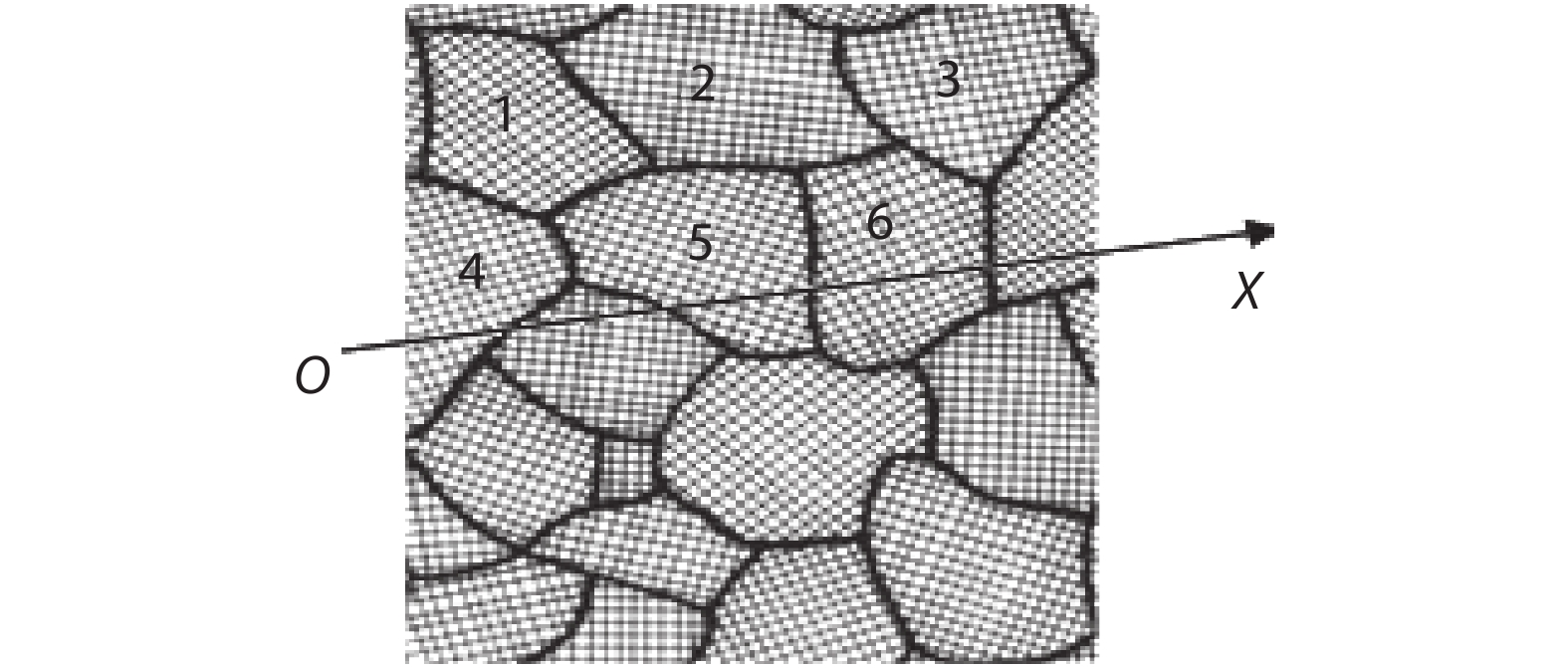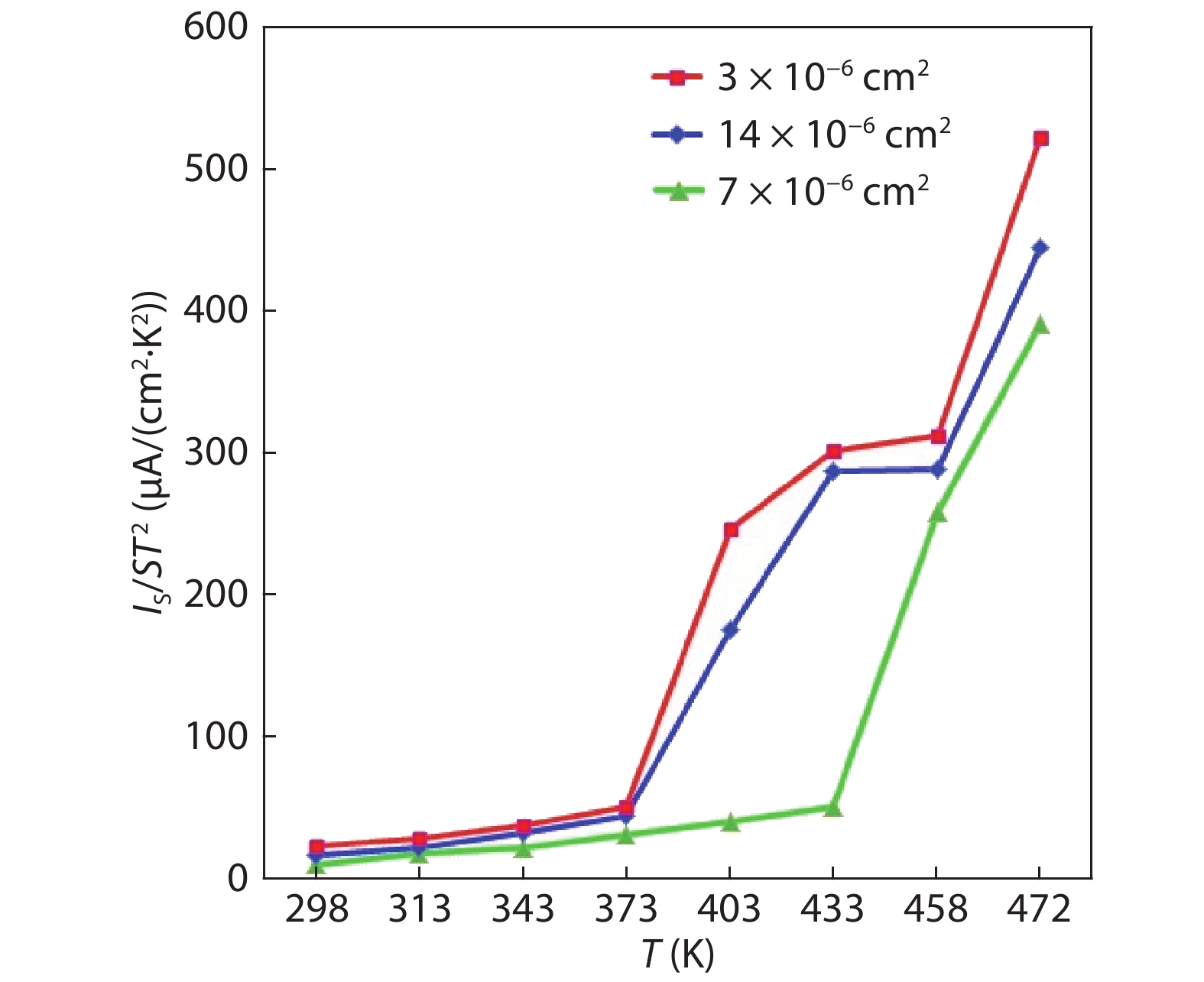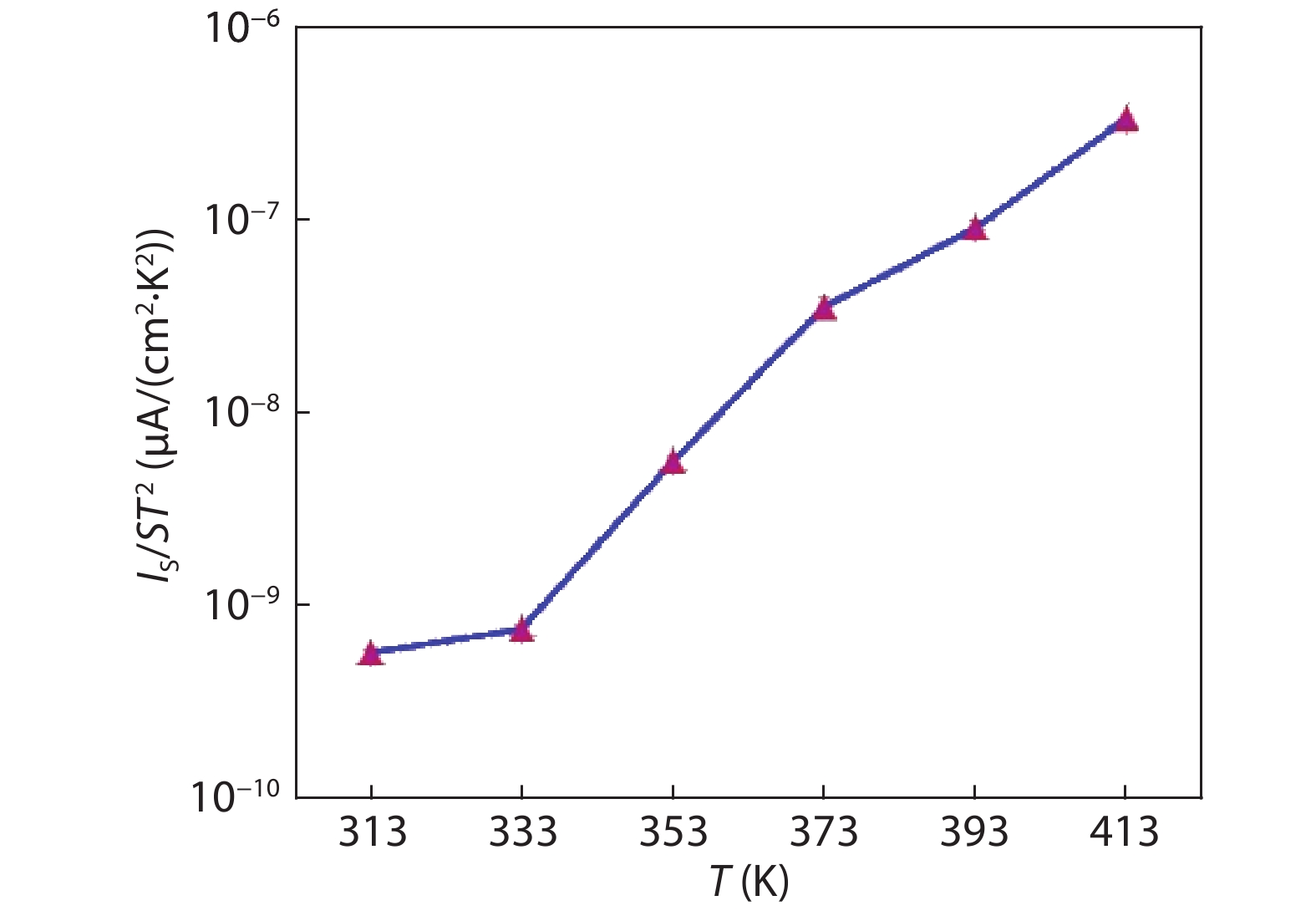| Citation: |
Sh. G. Askerov, L. K. Abdullayeva, M. G. Hasanov. Study of electrophysical properties of metal–semiconductor contact by the theory of complex systems[J]. Journal of Semiconductors, 2020, 41(10): 102101. doi: 10.1088/1674-4926/41/10/102101
****
S G Askerov, L K Abdullayeva, M G Hasanov, Study of electrophysical properties of metal–semiconductor contact by the theory of complex systems[J]. J. Semicond., 2020, 41(10): 102101. doi: 10.1088/1674-4926/41/10/102101.
|
Study of electrophysical properties of metal–semiconductor contact by the theory of complex systems
DOI: 10.1088/1674-4926/41/10/102101
More Information
-
Abstract
The purpose of this work is to analyze the electrical properties of the metal–semiconductor contact (MSC) in the framework of the theory of complex systems. The effect of inhomogeneity of the different microstructures: polycrystalline, monocrystalline, amorphous metal–semiconductor contact surface is investigated, considering a Schottky diode (SD) as a parallel connection of numerous subdiodes. It has been shown that the polycrystallinity of the metal translates a homogeneous contact into a complex system, which consists of parallel connected numerous elementary contacts having different properties and parameters. -
References
[1] Sze S M. Physics of semiconductor devices. New York: John Wiley and Sons, 1981[2] Askerov S G. Physics inhomogeneous metal–semiconductor contact. LAMBERT Academic Publishing, 2017 (in Russian)[3] Loskutov A Y, Mikhailov A S. Principles of the theory of complex systems. Moscow, Izhevsk, 2007 (in Russian)[4] Askerov S G. A heterogeneous model of the MSC. Materials of the III All-Union Scientific Technical Seminar, 1984, 122[5] Trush V S, Pohrelyuk I N, Luk'yanenko A H. Kinetic aspects of high-temperature interaction of titanium alloys with gaseous mediums. J Mod Technol Eng, 2018, 3(1), 92 doi: 10.23939/ujmems2018.01.029[6] Patra R, Barik S P, Chaudhuri P K. Penny shaped crack in an infinite transversely isotropic piezoelectric layer under symmetrically applied line load. Adv Math Models Appl, 2017, 2(2), 117 doi: 10.1016/S0997-7538(01)01164-0[7] Askerov S Q, Abdullayeva L K, Hasanov M H. Origin of discrepancies in the experimental values of the barrier height at metal–semiconductor junctions. Semiconductors, 2017, 51(5), 620 doi: 10.1134/S1063782617050049[8] Hudait M K, Krupanidhi S B. Doping dependence of the barrier height and ideal of Au/n-GaAs Schottky diodes at low temperatures. Physica B, 2001, 307, 125 doi: 10.1016/S0921-4526(01)00631-7[9] Saweta K, Neeleshwar S A, Arti N. Current–voltage–temperature (I–V–T) characteristics of Cr/4H-SiC schottky diodes. J Electron Devices, 2011, 9, 382[10] Afandiyeva I M, Altındal Ş, Abdullayeva L K. Illumination dependent electrical characteristics of PtSi/n-Si(111) Schottky barrier diodes (SBDs) at room temperature. J Mod Technol Eng, 2017, 2(1), 43[11] Askerov S G, Kadimov G G, Simplest modification of the Schottky diode model. Izv Akad Nauk AzSSR, Ser Fiz-Tekh Mat Nauk, 1986, 2, 21[12] Askerov S G, Abdullayeva L K, Hasanov M H. The influence of the metal microstructure on the breakdown mechanism of Schottky diodes. J Mater Phys Chem, 2018, 1(3), 1 doi: 10.2494/mpc.v1i3.587[13] Afandiyeva I M, Altındal Ş, Abdullayeva L K, et al. Self-assembled patches in PtSi/n-Si (111) diodes. J Semicond, 2018, 39(5), 054002 doi: 10.1088/1674-4926/39/5/054002[14] Akın Ü, Yüksel Ö F, Pakma O, et al. A novel device behavior of Al/coronene/n-GaAs/inorganic based Schottky barrier diode. New Mater Compd Appl, 2019, 3(1), 15[15] Sistani M, Luong M A, Den Hertog M I, et al. Monolithic axial and radial metal–semiconductor nanowire heterostructures. Nano Lett, 2018, 18(12), 7692 doi: 10.1021/acs.nanolett.8b03366[16] Lee S H, Lee S W, Jeon T, et al. Efficient direct electron transfer via band alignment in hybrid metal–semiconductor nanostructures toward enhanced photocatalysts. Nano Energy, 2019, 63, 103841 doi: 10.1016/j.nanoen.2019.06.037[17] Lu B, Liu X F, Gao Y P, et al. Berry phase in an anti-PT symmetric metal –semiconductor complex system. Opt Express, 2019, 27(16), 22237 doi: 10.1364/OE.27.022237[18] Cheng K W, Wang S C. Effects of complex agents on the physical properties of Ag–In–S ternary semiconductor films using chemical bath deposition. Mater Chem Phys, 2009, 115(1), 14 doi: 10.1016/j.matchemphys.2008.11.001[19] Holovatch Y, Kenna R, Thurner S. Complex systems: Physics beyond physics. Eur J Phys, 2017, 38(2), 023002 doi: 10.1088/1361-6404/aa5a87 -
Proportional views






 DownLoad:
DownLoad:
















